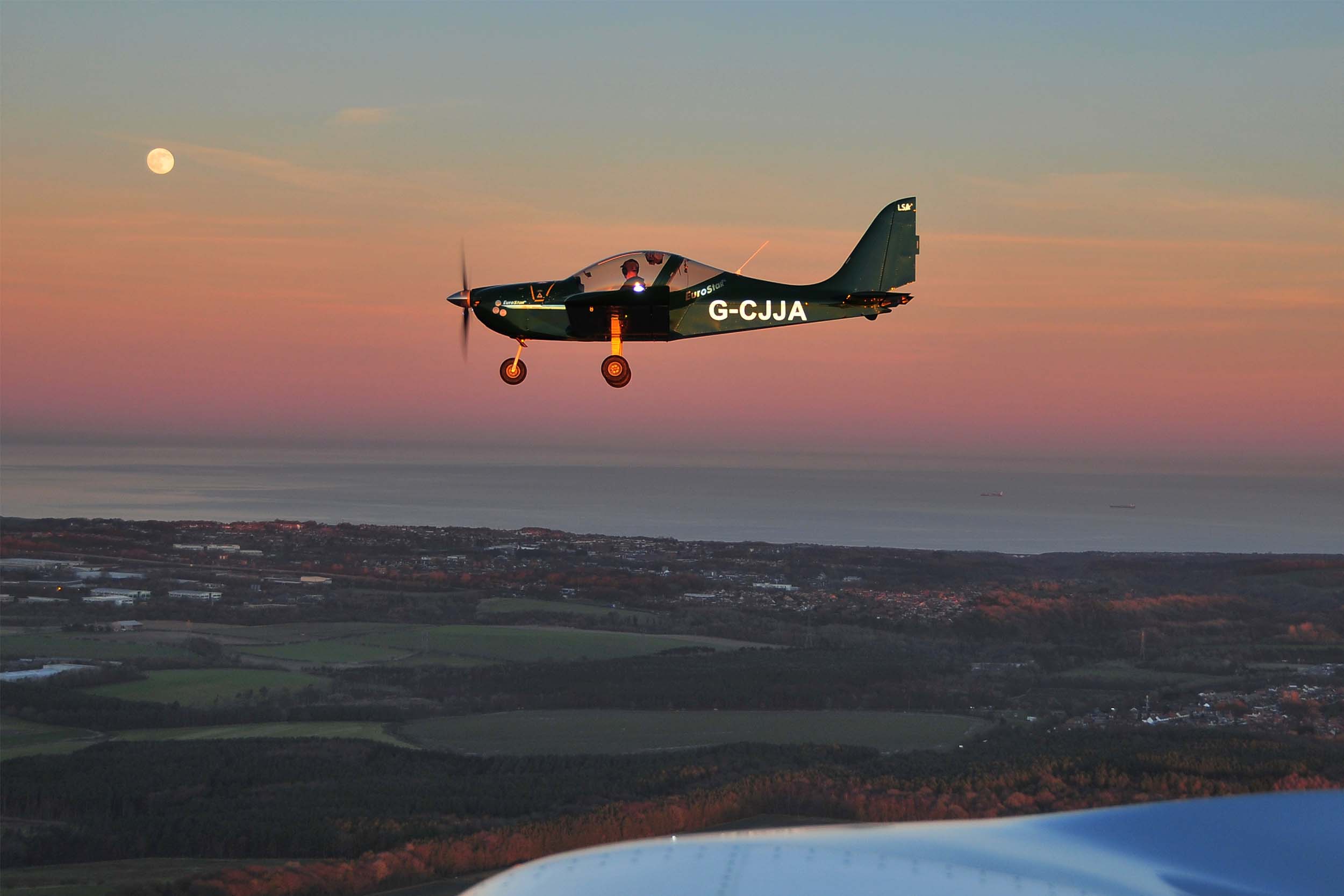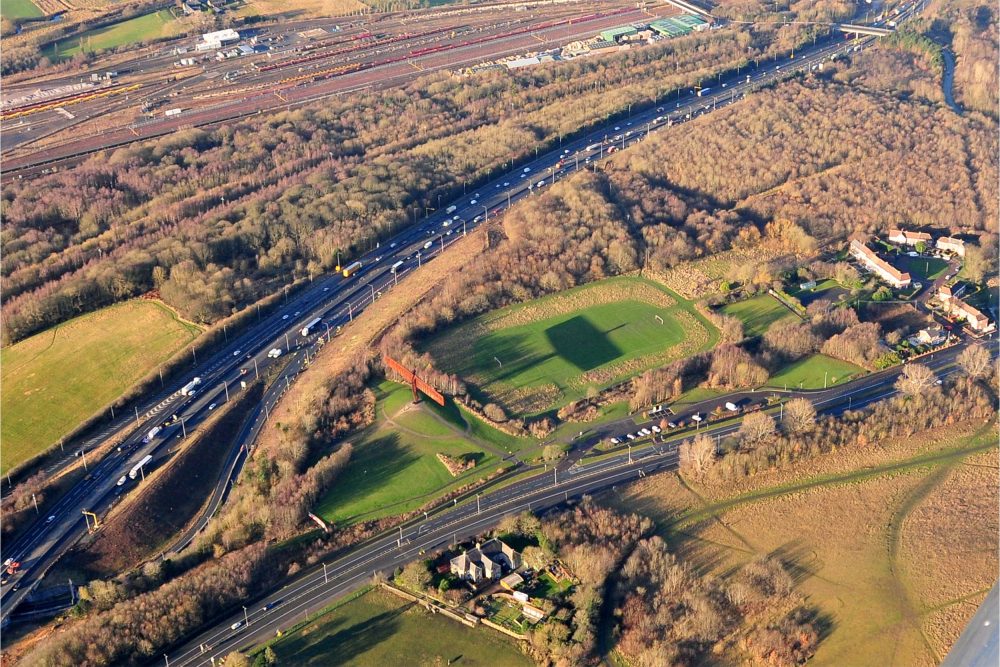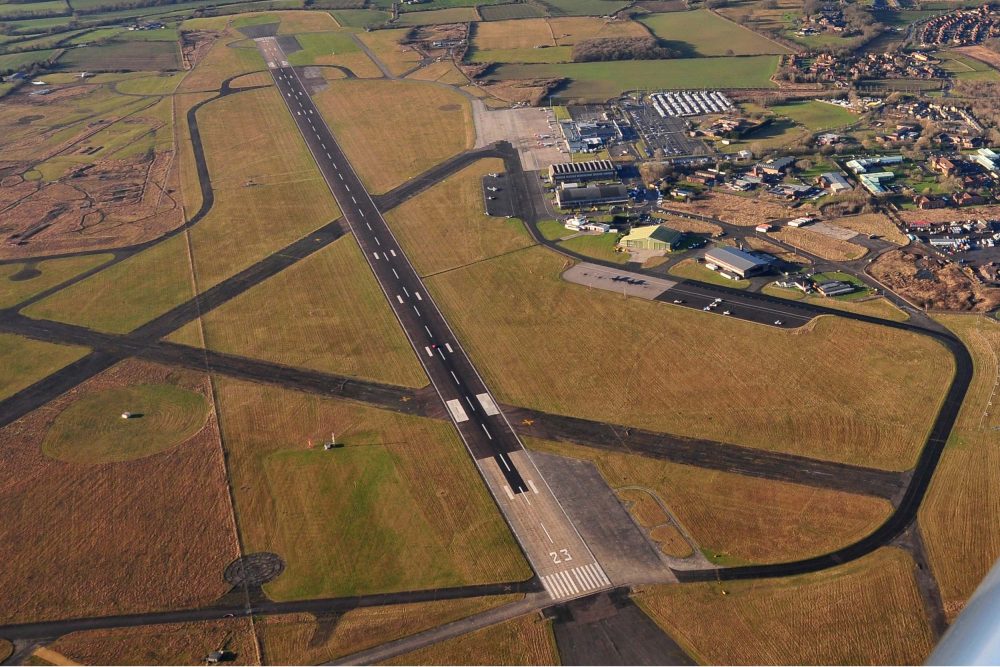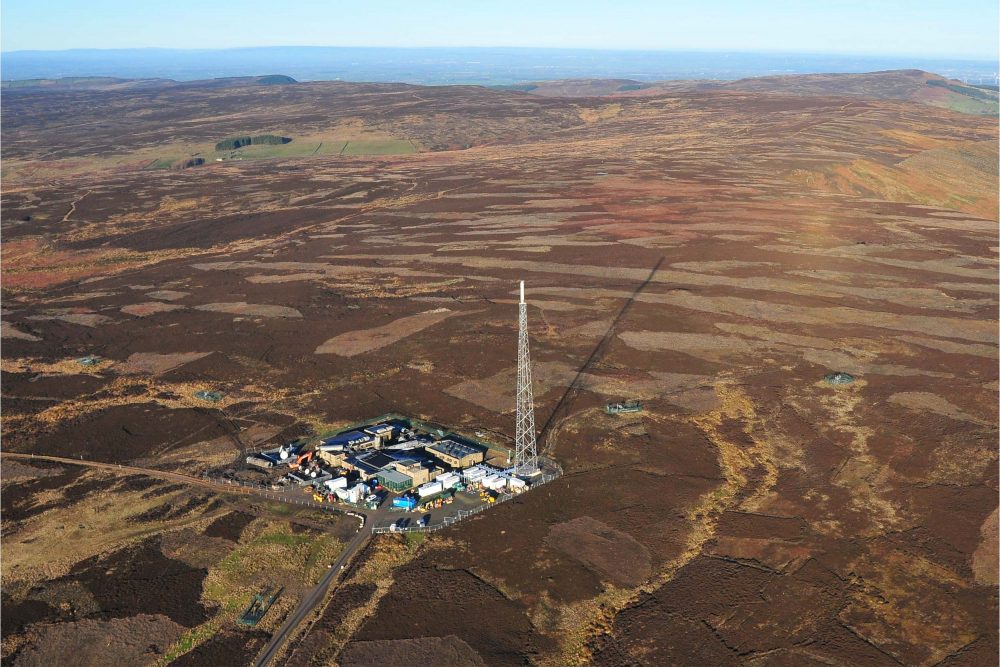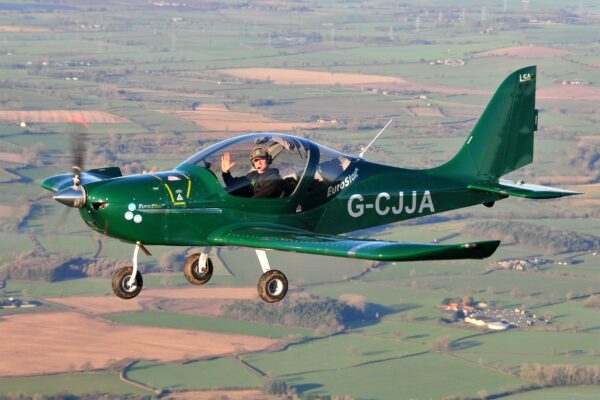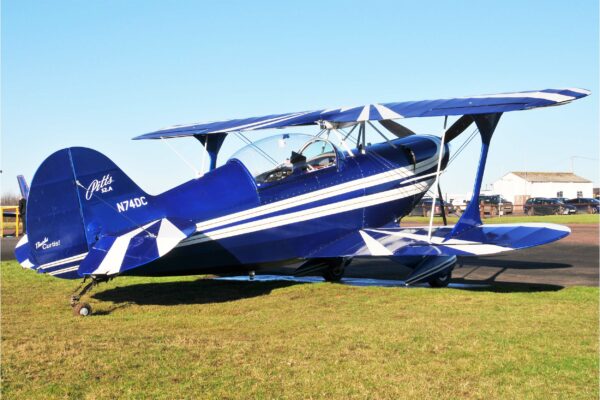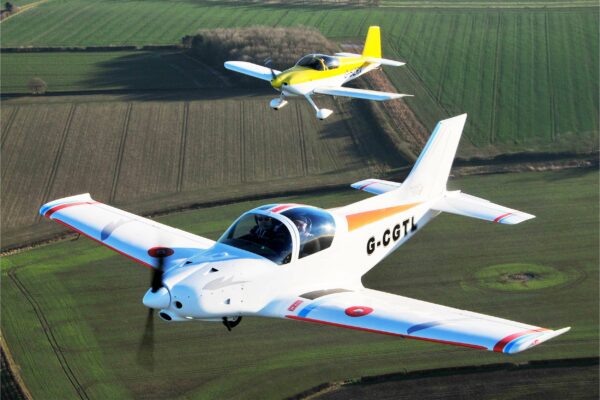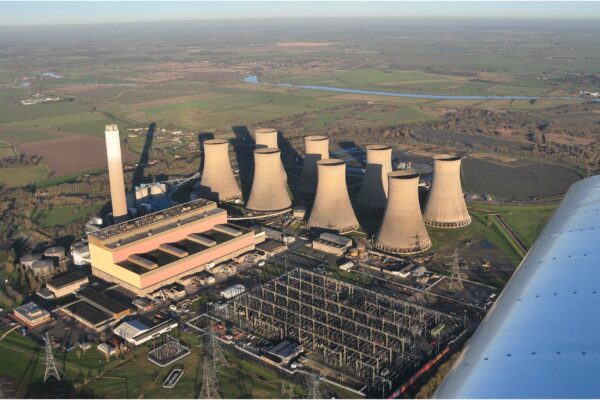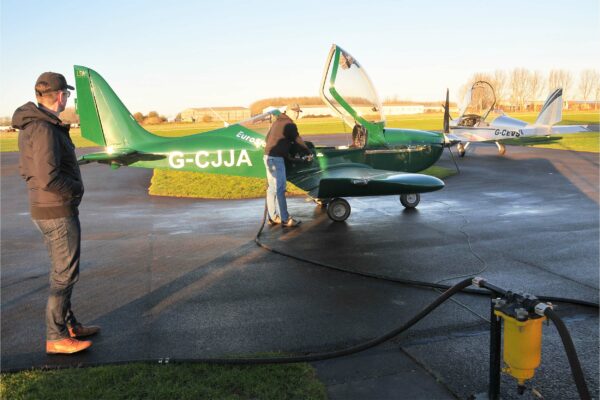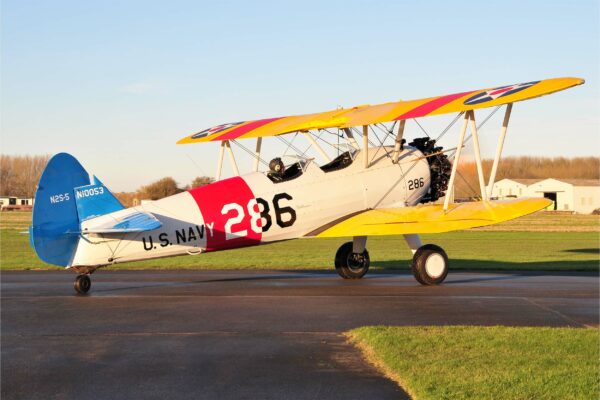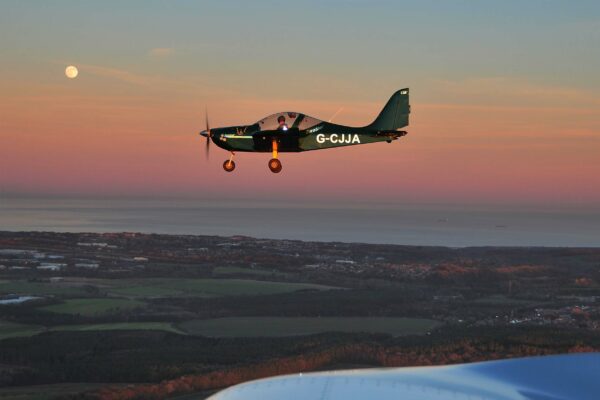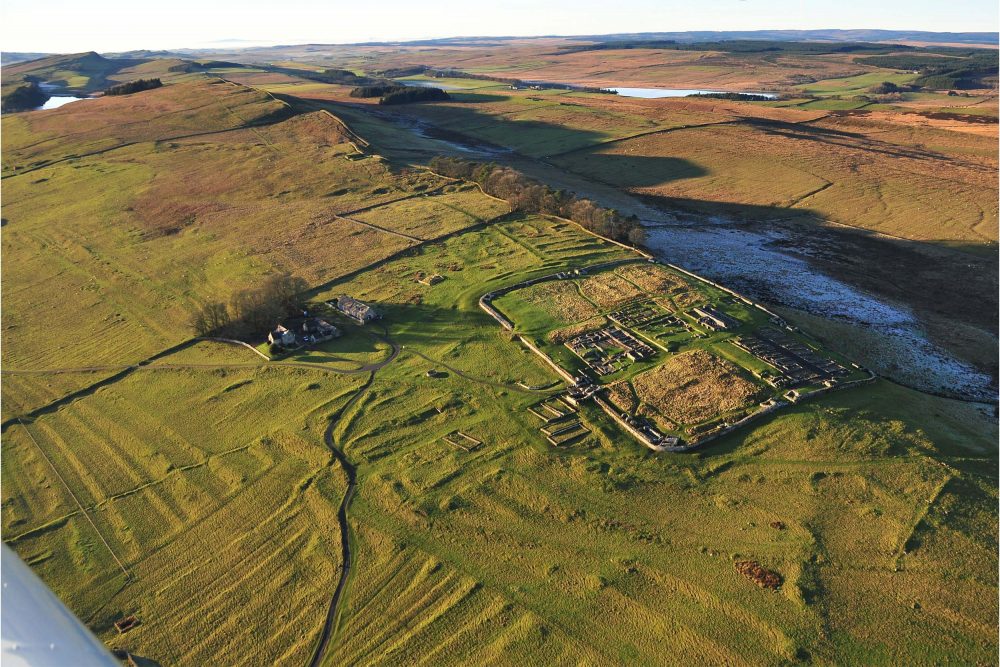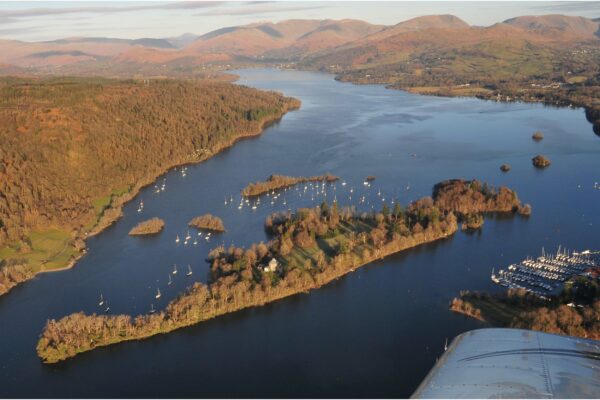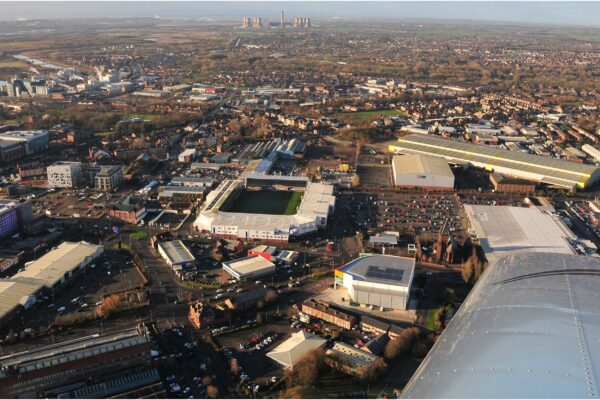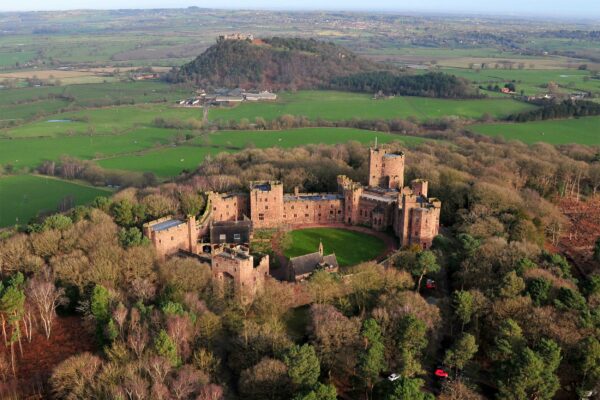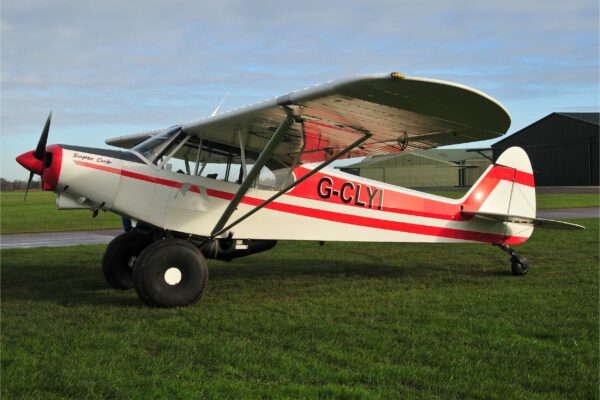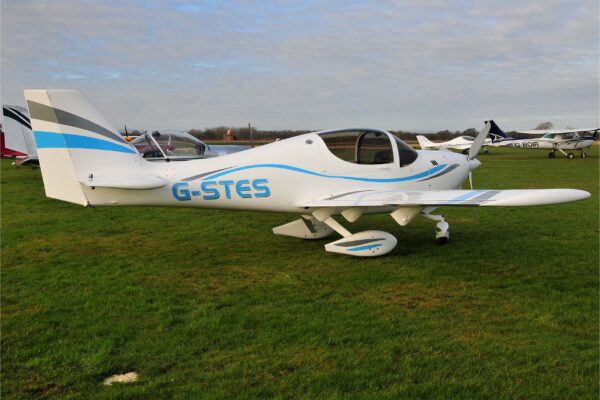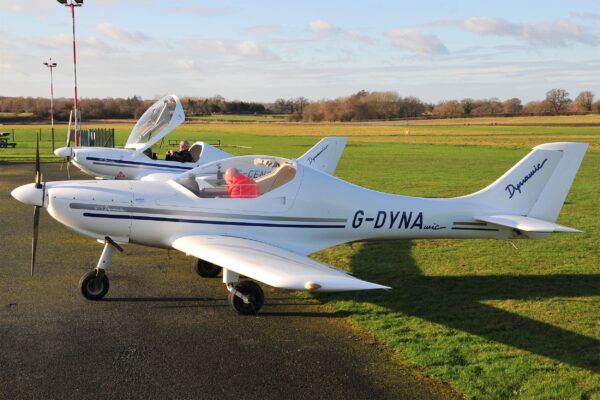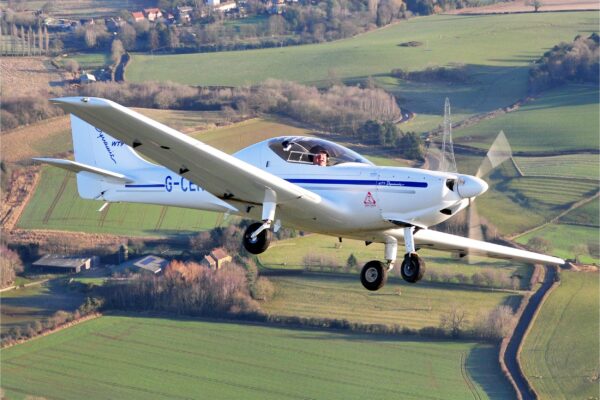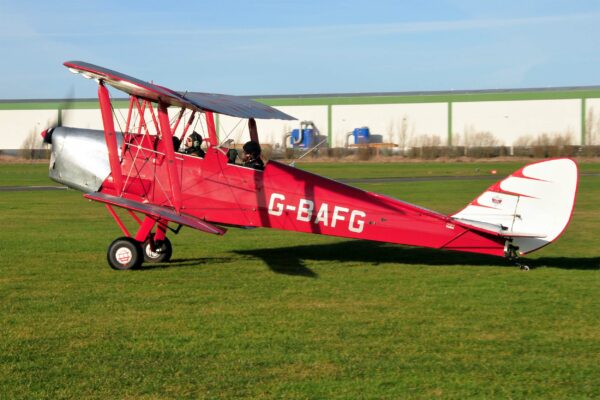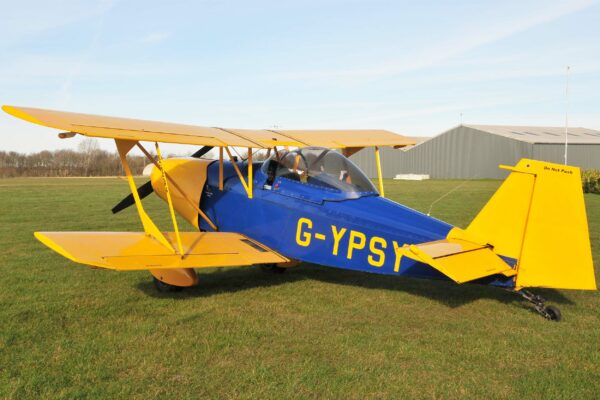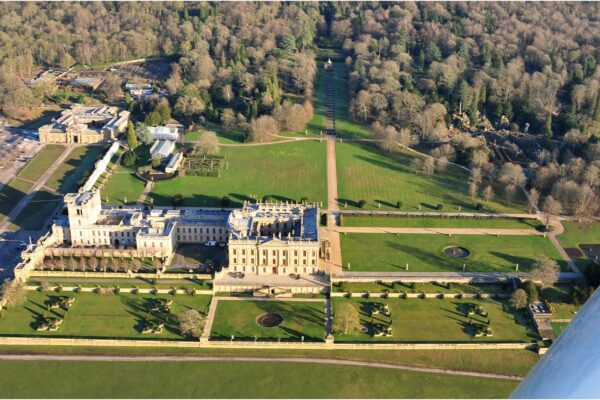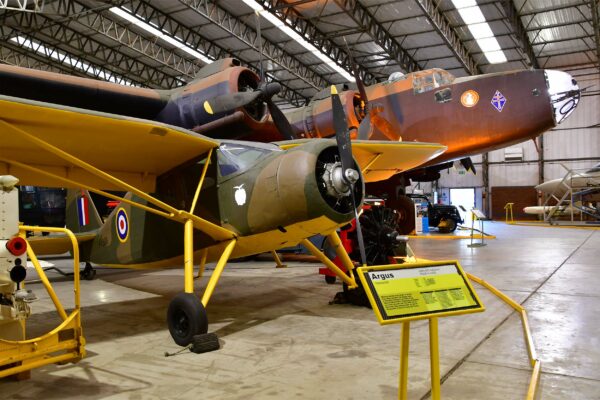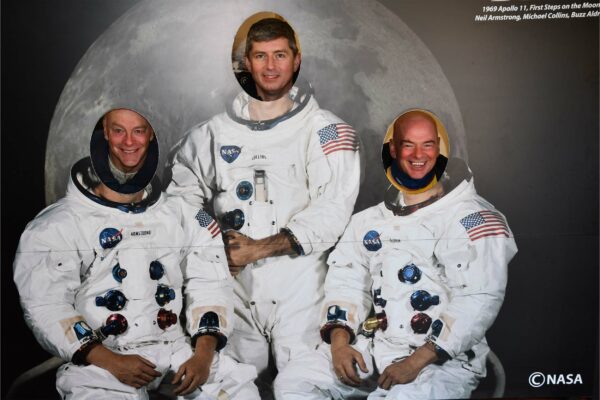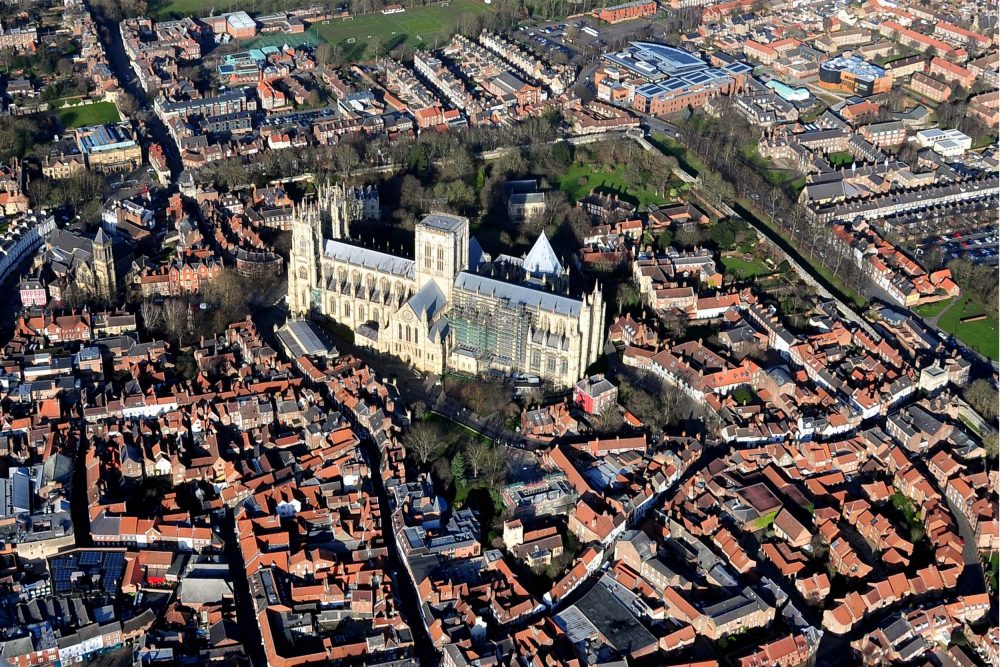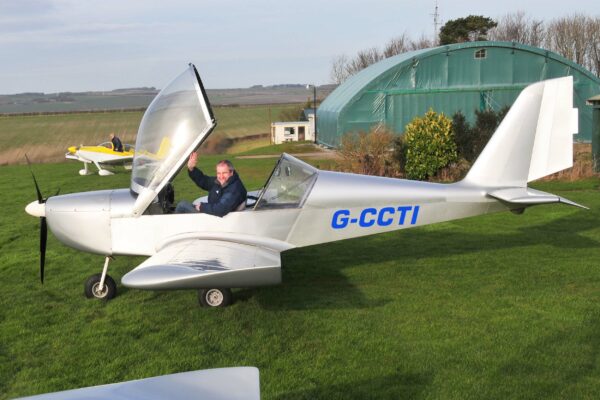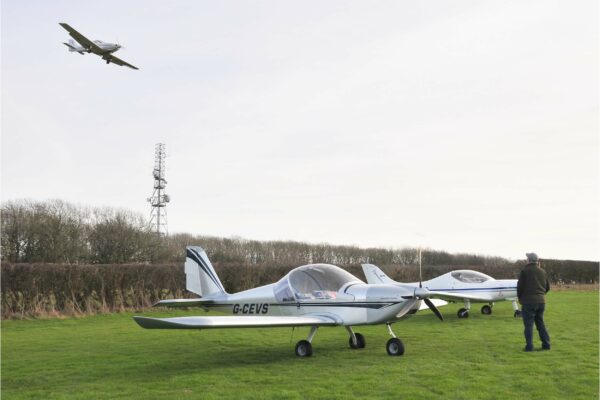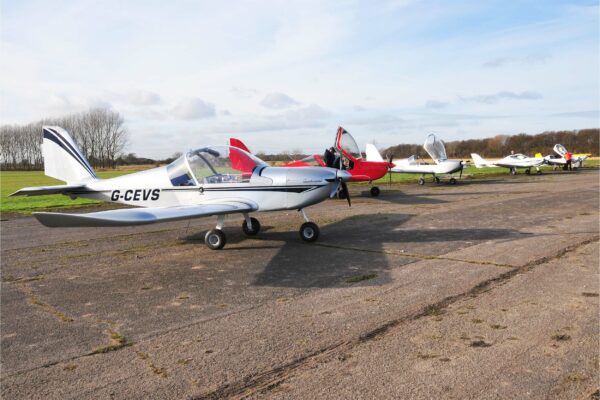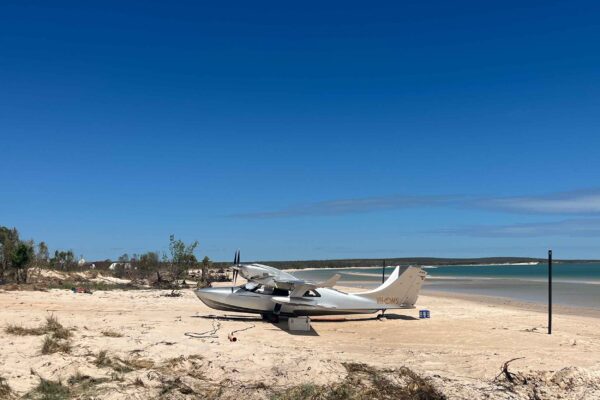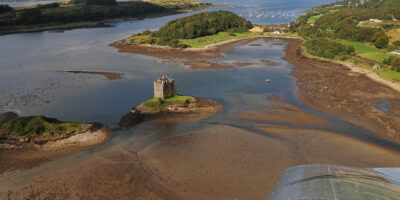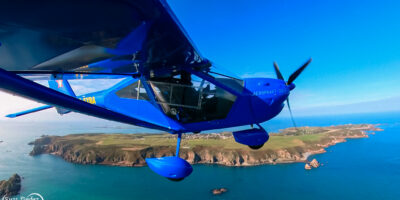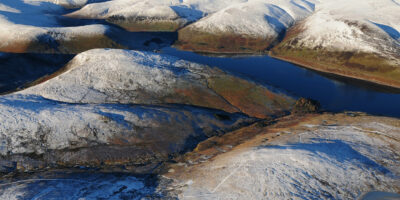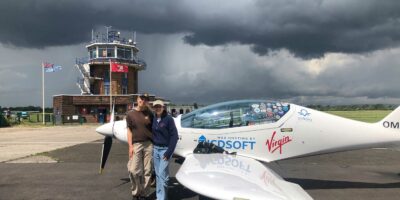For those unfamiliar with mountain flying, I can highly recommend the excellent New Zealand CAA mountain flying guide as a great start point here.
Amazingly for January, there was hardly any snow visible even on the highest peaks, which rise to 3,209ft at Scafell Pike. Windermere, England’s largest natural lake at 10.5 miles long, is always worth a diversion en route and looked magnificent with a large number of yachts remaining in the water throughout the winter. Surprisingly, Windermere has some 18 islands and on the largest, Belle Isle, we spied the 18th century round house that Wordsworth once described as a ‘pepper-pot’… Perhaps he was still building up to ‘I wandered lonely as a cloud’?
Any early morning fog was long gone as we descended into the Manchester Low Level Route (LLR). As most know, the LLR is a 4nm wide corridor running north-south between the Manchester and Liverpool CTRs. While it remains part of the Manchester CTR (Class D), it enables pilots to transit without a clearance not above 1,300ft on the Manchester QNH, while monitoring Manchester on a listening squawk. It also allows you to fly below 1,000ft above built-up areas, although you have to retain the ability to land clear and must remain 500ft from person, vessel, vehicle or structure.
The LLR operational detail changed significantly in 2021 and, if you aren’t a regular, then it’s important to refresh yourself – the full requirements are in the Manchester Airport AIP entry (usefully, the complete AIP textual entry is available on SkyDemon under information for Manchester Airport). While opinions vary on the LLR, I really enjoy the opportunity to fly low-level over the fringes of built-up areas, although there are plenty of green spaces should you need them. I’m comfortable at very low-level and generally transit the LLR at 500ft AGL, which is around 600-800ft on the Manchester Airport QNH, and that keeps us below most other LLR traffic.
Exiting the LLR, we avoided Ashcroft which remains an active field with multiple runways. On SkyDemon (fed by Pilot Aware), we could see our good pal Roger Iveson from Yorkshire rapidly catching us up in his Dynamic microlight so, having raised him on the microlight air-to-air frequency (129.835), we orbited Beeston VRP to wait. The VRP is actually the impressive Beeston Castle, built in 1220 atop a rocky crag some 350ft above the Cheshire plain. It endured a bloody history, including a year-long Civil War Parliamentarian siege between 1644 and 1645 with Royalists only surrendering when they finally ran out of food. Just south of Beeston is the more recent Peckforton Castle, now a luxury hotel, and the two combine to make an impressive view.


